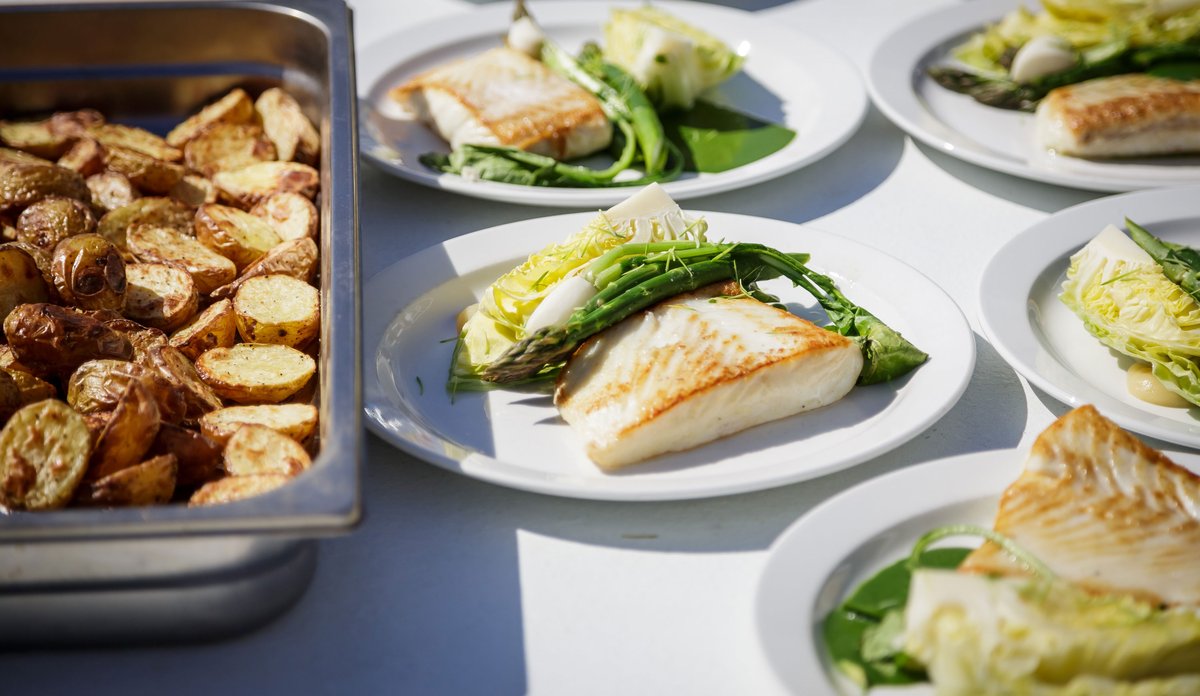Safe and healthy seafood

Halibut
Photo: Erlend A. Lorentzen / IMRMoreover, the Safe and healthy seafood programme provides the scientific basis for the decisions made by national and international managing authorities for risk-benefit assessments, dietary recommendations and warnings related to seafood. The programme will also document whether the marine resources, wild and farmed, are suitable for human consumption in the future.
Introduction / Programme description
We conduct research and monitor Norwegian seafood to increase knowledge about the content of nutrients and undesirable substances in seafood. Using different model systems, we also study the interaction between undesirable substances and nutrients. For the consumer, public sector, industry, and authorities, it is important to know what health effects the intake of seafood have, and the significance seafood has in our diet. Our knowledge contributes to risk-benefit assessments on seafood and recommendations and warnings related to seafood consumption nationally and internationally.
Thematically, the research activity is divided into the following bullet points:
- Carry out risk-based monitoring of nutrients and undesirable substances in seafood and new marine food or feed resources in relation to the marine environment, climate, safe and healthy seafood. The data is openly available to everyone in our Seafood Database
- The overall effect of seafood consumption on nutritional status and health.
- Develop measurable criteria for sustainable seafood in order to provide scientific advice on sustainable diets and sustainable food systems nationally and internationally, and provide knowledge on the importance of safe and healthy seafood in a varied and sustainable diet.
- Food security and nutrition, including the secretariat function for The Global Action Network under the UN Decade of Nutrition, which is led by the Norwegian Ministry of Trade, Industry and Fisheries on behalf of the Norwegian Government.
Published: 27.05.2021 Updated: 05.02.2024

